72 F. high in the Twin Cities yesterday.
73 F. average high on May 27.
70 F. high on May 27, 2016.
May 28, 1965: Late season snow falls across much of Minnesota with Duluth and Caribou reporting an inch.
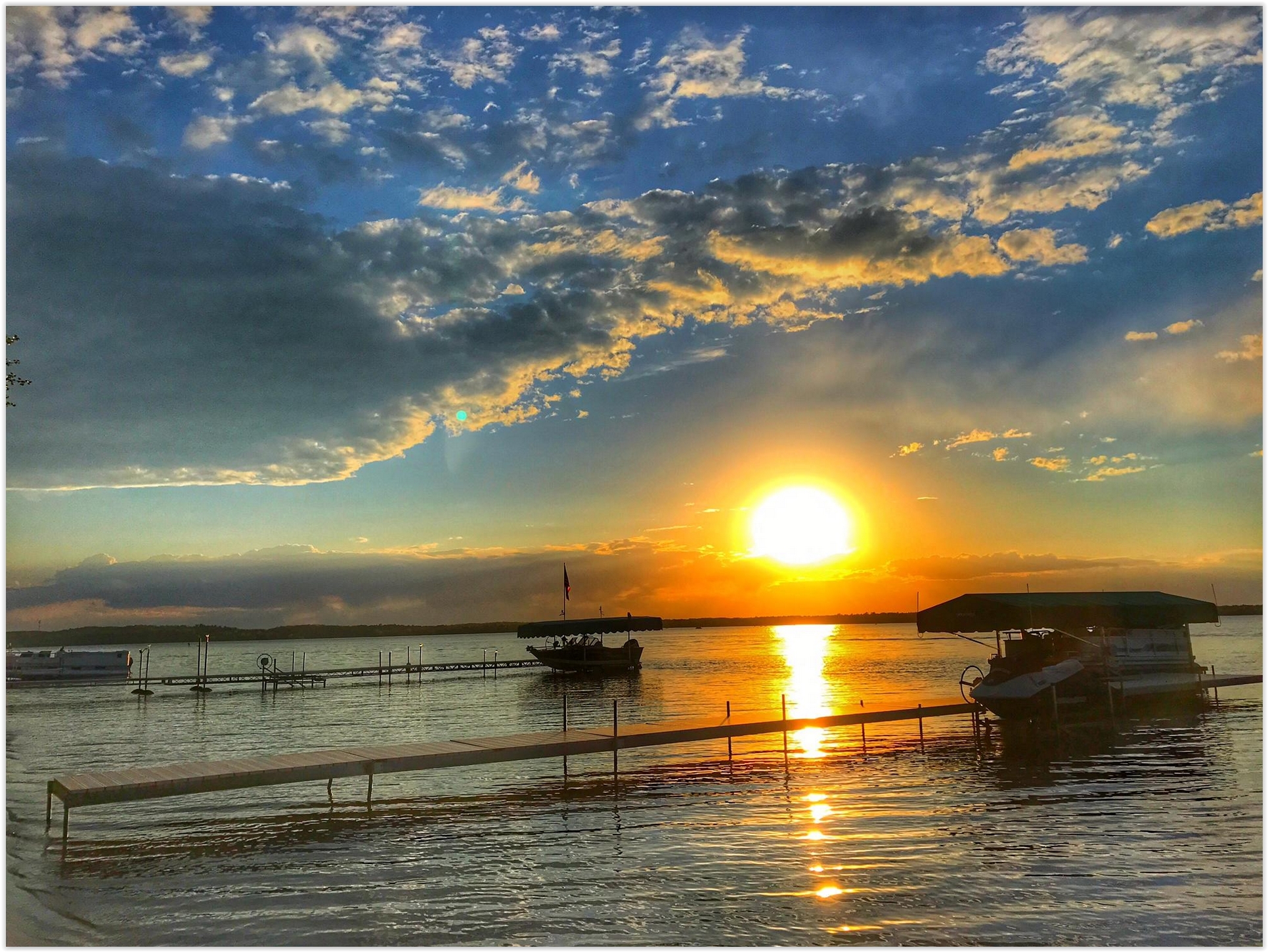
Looks Like a Major Holiday: Cooler, Few PM Showers
Good news: it won’t snow anytime soon. No flying monkeys on Doppler. No hail the size of beach balls or Texas-size tornadoes – the atmosphere is too cool and stable. Think of all the money you’ll save on sunscreen and A/C in the coming days!
Is any of this helping? I didn’t think so.
So let me ask an impertinent question: how many times do you have to get hit over the head with a (soggy) two by four before you start to pay attention? According to friend and climate guru Mark Seeley, this is the 6th time in the past 7 years that May is trending wetter than average across Minnesota. Like it or not our climate is getting wetter.
No all-day rains are brewing, but a cold storm in the upper atmosphere will ignite a few popcorn instability showers this afternoon, again Memorial Day – along with a brisk northwest wind and temperatures drooping into the low 60s tomorrow. Only the brave and foolish will risk a dip in the lake.
If it’s any consolation the European (ECMWF) model brings 80s into town next weekend. With a little effort you may even be able to work up a sweat.
Imagine that.
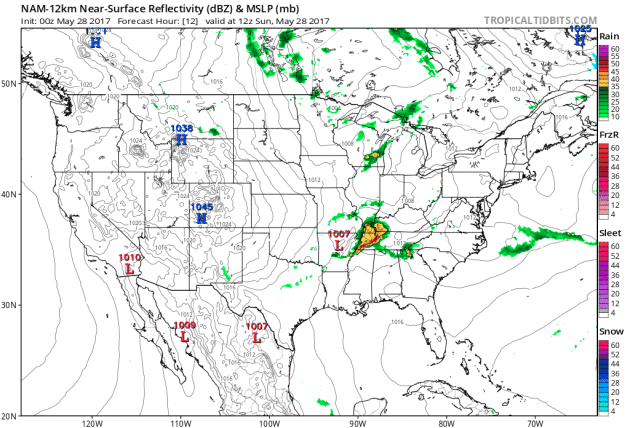
Showery Swirl. A storm stalled over Ontario, Canada continues to push waves of showers and T-storms across the Upper Midwest, Great Lakes, Ohio Valley and Northeast; a persistently wet pattern east of the Rockies. The best weather continues over the western third of the USA as a ridge of high pressure holds on. NAM 84-hour Future Radar: NOAA and Tropicaltidbits.com.

Rainfall Forecast Into Wednesday Morning. The most excessive rainfall amounts are forecast for the Mid South and Gulf Coast, where some 2-5″ rainfall amounts are predicted over the next 84 hours. Meanwhile the western USA stays dry – even Seattle!
Heating Up – But Slight Cool Bias Northern USA. Don’t buck the trends. Intense heat is forecast for the west coast and much of the south and eastern USA within 2 weeks, but a lingering trough keeps temperatures more comfortable from the northern Rockies into the Upper Midwest and Great Lakes during the second week of June.
This Is What It’s Like To Be Struck by Lightning. 9 out of 10 people struck survive, but many have lifelong ailments. A story at CNN.com caught my eye: “…Lightning is responsible for more than 4,000 deaths worldwide annually, though of every ten people hit, nine survive. But victims can suffer a variety of short- and long-term effects: cardiac arrest, confusion, seizures, deafness, headaches, memory deficits, personality changes and chronic pain, among others. Changes in personality and mood can strain families and marriages, sometimes to breaking point. Cooper likes to use the analogy that lightning rewires the brain in much the same way that an electrical shock can scramble a computer — the exterior appears unharmed, but the software within that controls its functioning is damaged…” (File image: NASA).
Persistent Rain in May. Dr. Mark Seeley takes a look at what is turning into another historically-wet May for much of Minnesota in this week’s installment of Minnesota WeatherTalk: “Over the calendar period May 15-22, some Minnesota climate observers reported rainfall every day (8 consecutive days), and a large number of them reported rainfall on 7 of the 8 days. In addition, on some individual days the rainfall was slow but persistent, lasting for as much as 12-14 consecutive hours. Over May 15-22 within the Minnesota daily climate observation network there were 36 new daily rainfall records set. Some examples include: 2.96” at Hokah (Houston County) on May 16; 1.95” at Red Wing Dam (Goodhue County) on May 17; 2.09” at Morris (Stevens County) on May 18; and 1.32” at Milaca (Mille Lacs County) on May 21st. Total rainfall for the month of May is well above normal in most places, and in some areas is approaching values close to the historically wettest May. Many areas of the state report 4 to 7 inches of rainfall so far this month. This is the 6th time in the past seven years that May has been wetter than normal across the state….”
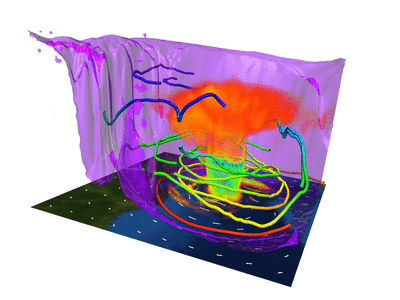
NOAA Forecasts Busy Hurricane Season for Atlantic. Will proposed cuts to hurricane weather models come to pass – implications for the state of meteorology and what may be a busy year in the Atlantic? Here’s an excerpt from Climate Central: “…Many of the improvements to those models have come as part of a concerted effort called the Hurricane Forecast Improvement Program. That program was established by NOAA in 2009, in part as a response to the pummeling the U.S. received from a number of hurricanes during the early years of that decade and the relative lack of progress made in improving forecasts up to that point. Trump’s 2018 budget request currently includes a $5 million reduction in funding “to slow the transition of advanced modeling research into operations for improved warnings and forecasts” including the HFIP. That budget provision doesn’t jibe with bipartisan-supported Weather Research and Forecasting Innovation Act of 2017, which the President signed into law last month and which states that “NOAA must plan and maintain a project to improve hurricane forecasting.” “I don’t think Congress will take his proposal seriously at all . . . so it can probably be ignored in favor of the legislation that has actually passed,” Brian McNoldy, a hurricane researcher at the University of Miami, said in an email. “But supposing Congress did pass his budget as-is, yes, it would be devastating to weather prediction across the board, including hurricanes...”
“We can’t afford to continue to invest in short term solutions that don’t take into account how weather patterns, sea levels and land use are changing the nature and severity of flooding,” said Anita van Breda, World Wildlife Fund’s senior director of environment and disaster. “The traditional approaches we’ve used to manage flooding in the past – like sea walls and levees – in most cases, won’t work in isolation for the types of floods we’re likely to experience in the future.”
Read more at: https://phys.org/news/2017-05-harnessing-nature.html#jCp
“We can’t afford to continue to invest in short term solutions that don’t take into account how weather patterns, sea levels and land use are changing the nature and severity of flooding,” said Anita van Breda, World Wildlife Fund’s senior director of environment and disaster. “The traditional approaches we’ve used to manage flooding in the past – like sea walls and levees – in most cases, won’t work in isolation for the types of floods we’re likely to experience in the future.”
Read more at: https://phys.org/news/2017-05-harnessing-nature.html#jCp
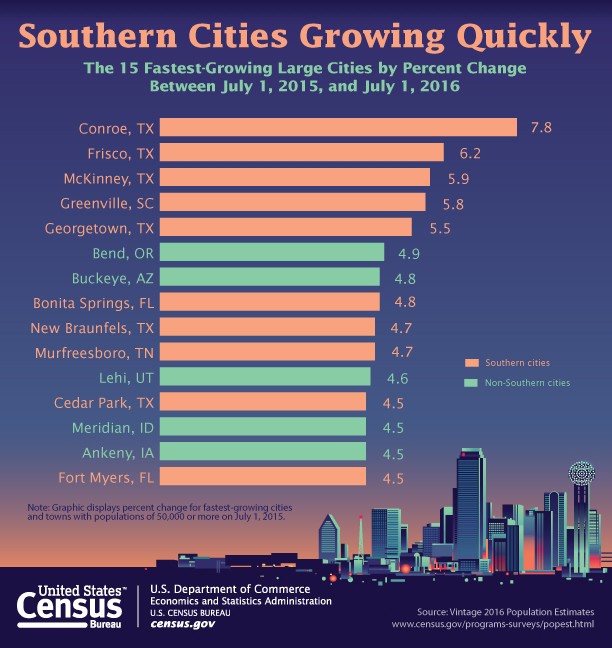
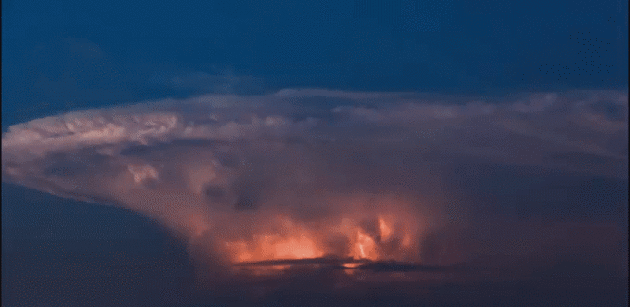
Fractal – 4K StormLapse. This may be the most amazing time-lapse weather video I’ve ever seen, anytime – anywhere. You will be hypnotized by the imagery at Vimeo, courtesy of Chad Cowan: “Big whirls have little whirls that feed on their velocity, and little whirls have lesser whirls, and so on to viscosity.” – Meteorologist Lewis Fry Richardson (“Weather Prediction by Numerical Process.” Cambridge University Press, 1922) This quote sums up perfectly what I’ve come to realize about weather and storms over the past 10 years of studying, forecasting and chasing them, and the part that I find most fascinating. On each scale level from synoptic scale, which covers areas the size of multiple states, all the way down to micro scale, which could be an area as small as your backyard, the fluid which we call air abides by the same universal physical laws of nature and thus acts in very similar manner and patterns…”
Percentage of Tornado Warnings Between 4 PM and 9 PM. Much of the USA experiences the greatest tornado risk late afternoon and evening, immediately after maximum heating, when the atmosphere is most unstable. Credit: Daryl Herzmann, Iowa Environmental Mesonet.
Overnight Tornadoes. The greatest risk of late-night tornadoes is along the Gulf Coast, where nearly 30% of all tornado warnings were issued between midnight and 8 AM from 2002-2017. Late-night tornadoes produce a disproportionate number of injuries and fatalities – people are sleeping, not monitoring media, more vulnerable to severe storms.
The World is Running Out of Sand. I had no idea – here’s an excerpt from The New Yorker: “…Pascal Peduzzi, a Swiss scientist and the director of one of the U.N.’s environmental groups, told the BBC last May that China’s swift development had consumed more sand in the previous four years than the United States used in the past century. In India, commercially useful sand is now so scarce that markets for it are dominated by “sand mafias”—criminal enterprises that sell material taken illegally from rivers and other sources, sometimes killing to safeguard their deposits. In the United States, the fastest-growing uses include the fortification of shorelines eroded by rising sea levels and more and more powerful ocean storms—efforts that, like many attempts to address environmental challenges, create environmental challenges of their own…”
Illustration credit: “A report said that sand and gravel mining “greatly exceeds natural renewal rates.” Illustration by Javier Jaén.

Can Beaches Survive Climate Change? Here’s an excerpt of a new paper abstract at USGS: “Anthropogenic climate change is driving sea level rise, leading to numerous impacts on the coastal zone, such as increased coastal flooding, beach erosion, cliff failure, saltwater intrusion in aquifers, and groundwater inundation. Many beaches around the world are currently experiencing chronic erosion as a result of gradual, present-day rates of sea level rise (about 3 mm/year) and human-driven restrictions in sand supply (e.g., harbor dredging and river damming). Accelerated sea level rise threatens to worsen coastal erosion and challenge the very existence of natural beaches throughout the world…”
How to Improve the Health of the Ocean. We would be wise not to take anything for granted. The Economist has a must-read article: “…Humans have long assumed that the ocean’s size allowed them to put anything they wanted into it and to take anything they wanted out. Changing temperatures and chemistry, overfishing and pollution have stressed its ecosystems for decades. The ocean stores more than nine-tenths of the heat trapped on Earth by greenhouse-gas emissions. Coral reefs are suffering as a result; scientists expect almost all corals to be gone by 2050. By the middle of the century the ocean could contain more plastic than fish by weight. Ground down into tiny pieces, it is eaten by fish and then by people, with uncertain effects on human health. Appetite for fish grows nevertheless: almost 90% of stocks are fished either at or beyond their sustainable limits (see Briefing). The ocean nurtures humanity. Humanity treats it with contempt...”
A Little-Known Reason Why Consensus on Energy Policy is Possible. You may not acknowledge man-made climate change, but that doesn’t mean you don’t want to save money on energy, becoming more resilient and self-sufficient at the same time. Here’s an excerpt of an Op-Ed at The Wall Street Journal: “Anyone who watched the results of the last election roll in, or who simply turns on cable news, would see a country enormously divided on key issues. And, judging by the rhetoric on coal jobs, environmental regulation and climate change, energy policy is no exception. But the national dialogue is largely missing a revolutionary change in the energy industry that’s sweeping across the country, creating real opportunities for convergence. Driven by new resources and fuels, large swaths of the nation that historically accounted for very little in terms of energy investment and production are becoming major players. It is a trend that has already boosted local economies and could now be opening the door to a surprising possibility: Americans across the political and ideological divide may increasingly be drawn together around a common set of ideas and goals on energy policy...”

In Coal-Friendly Wyoming, Company Will Offer Free Training To Wind Turbine Workers. Yale E360 has the story: “An American affiliate of a leading Chinese wind turbine manufacturer will offer laid-off coal miners and other workers free training to become wind turbine technicians in Wyoming’s expanding wind-energy sector. Goldwind Americas, which will be supplying as many as 850 turbines to a major wind-energy facility in Carbon County, Wyoming, said its training program will begin this summer and could eventually prepare as many as 200 people to work at the wind farm. Wyoming produces more coal than any other state in the U.S. and has even imposed a tax on wind-energy generation, yet despite that the state’s wind power sector is growing because of the region’s high winds…”
Wind Power Catches a Mountain Breeze. The largest wind installation in the USA in Wyoming? TIME has the story: “…Despite enormous potential, wind-power development in the Western mountain states has lagged behind other parts of the nation. The sparsely populated states don’t need more electricity, and the excess power didn’t have anywhere to go. But that’s changing fast, as demand for wind power increases around the country and technological advances make it cheaper and easier to transmit.The biggest strides are being made in Wyoming, where two companies are racing to build massive wind farms to supply the West Coast. In Carbon County, the Power Company of Wyoming has broken ground on what will be the largest wind-power installation in the country. The completed project, which is projected to create 1,000 local jobs, calls for 1,000 wind turbines generating enough energy to power nearly a million homes…”
File photo: Matt Young, AP.
Weight Loss: Why Your Diet Isn’t Working. I found a story at TIME.com fascinating and vaguely depressing: “…They also know that the best diet for you is very likely not the best diet for your next-door neighbor. Individual responses to different diets–from low fat and vegan to low carb and paleo–vary enormously. “Some people on a diet program lose 60 lb. and keep it off for two years, and other people follow the same program religiously, and they gain 5 lb.,” says Frank Sacks, a leading weight-loss researcher and professor of cardiovascular disease prevention at the Harvard T.H. Chan School of Public Health. “If we can figure out why, the potential to help people will be huge.”Hall, Sacks and other scientists are showing that the key to weight loss appears to be highly personalized rather than trendy diets. And while weight loss will never be easy for anyone, the evidence is mounting that it’s possible for anyone to reach a healthy weight–people just need to find their best way there…”
Can Opioid Addiction be Cured? Here’s a clip from an eye-opening story at Science Friday: “…According to experts, including the HHS’ own drug abuse agencies, substance use disorder can be successfully treated, but it can’t be cured. This is because of the way addiction affects the psychology and brain of an individual. First, to be diagnosed with opioid addiction, or substance use disorder more broadly, an individual must meet at least two out of 11 criteria, including developing a tolerance to a drug, experiencing withdrawal symptoms after not taking a drug and not fulfilling responsibilities because of drug use. Developing a tolerance to opioids means the same amount of the drug will produce less of a euphoric effect. Withdrawal symptoms can include anxiety, sweating, muscle aches, diarrhea and vomiting…”
Wall Street to CEOs: Disrupt Your Industry, Or Else. Innovate, reinvent, or fade away (rapidly). Here’s an excerpt from The Wall Street Journal: “…To make things worse for established players, investors aren’t comparing them to their traditional rivals, but to quick-moving Silicon Valley startups that are poised to make them irrelevant. For pretty much any industry you can name—not just autos but manufacturing, logistics, finance, media and of course retail—there are tech startups purporting to have better ideas, ones they say they don’t need decades to make into realities. It isn’t as if all these industries will see massive CEO turnover, but it does mean established companies need to consider drastic measures. They must be willing to tell their stakeholders they may have to lose money and cannibalize existing products and services, while scaling up new technologies and methods…”
Image credit: ChrisRiddell.com.
Photo credit:
The $11 Million Spent on Star Wars in 1977 Was The Best Film Investment Ever Made. Serious ROI, as described by Quartz: “…The original $11 million put into filming Star Wars (eventually renamed Star Wars Episode IV: A New Hope years later) is arguably the best investment ever made in Hollywood. Even when adjusted for inflation, the film would’ve only cost about $45 million in today’s dollars, or less than 20% of what the seventh Star Wars film, The Force Awakens, cost to produce in 2015 and far less than the $200 million that this summer’s action blockbuster Guardians of the Galaxy Vol. 2 ran...”
Photo credit: “This ragtag group of rebels went on to great victories.” (Reuters/Fred Prouser)
Lobsterman Shares His Tale of 12 Hours Floating On His Boots. That’s thinking on your feet. Literally. WTOP.com has the amazing story: “The darkest moment of John Aldridge’s 12 terrifying hours of floating alone in the Atlantic Ocean came in the first moments after he was flung off his lobster boat. “You hit the water, you’re in such disbelief,” he recalls. “Nobody in the world knows you’re missing. Their life is happening right now, but your life is done! Right now, in the middle of the ocean, today’s the day you’re going to die.” Not only did Aldridge survive — by pulling a James Bond-like maneuver to turn his boots into flotation aids — but, nearly four years later, he’s still working in the profession that put him in so much danger. And he’s retelling the remarkable tale in a book just released…”
Photo credit: “In This Mayy 19, 2017 photo, John Aldridge poses in Montauck, N.Y. with the boots that helped keep him afloat for 12 hours after falling off his lobster boat in the summer of 2013. Nearly 4 years later, he’s still working in the profession that put him in so much danger. And he’s retelling the remarkable tale in a book released the week of May 29, 2017.” AP Photo/Frank Eltman.

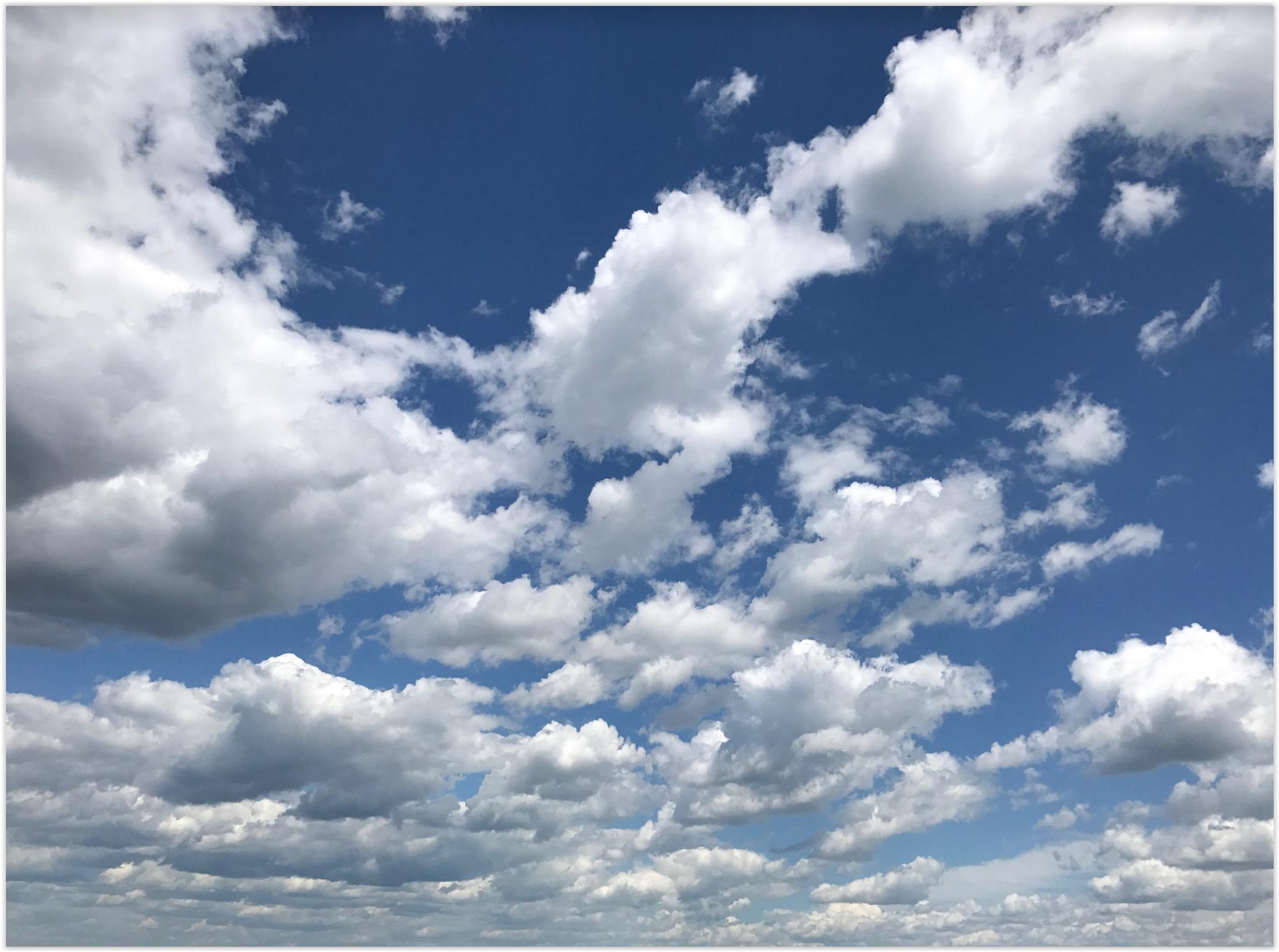
TODAY: Some sun, PM shower possible. Winds: NW 10-15. High: 72
SUNDAY NIGHT: Evening shower, then partial clearing. Low: 52
MEMORIAL DAY: Windy and cooler with more numerous showers. Winds: NW 10-20. High: 62
TUESDAY: Mostly cloudy and cool, few sprinkles. Winds: NW 10-20. Wake-up: 48. High: 59
WEDNESDAY: Sunny, almost feels like May again. Winds: W 8-13. Wake-up: 45. High: 72
THURSDAY: Partly sunny, stray T-shower possible. Winds: SW 8-13. Wake-up: 53. High: 77
FRIDAY: Sticky sun, actually feels like June. Winds: S 7-12. Wake-up: 59. High: 82
SATURDAY: Warm and muggy with some sun, PM T-storm? Winds: SW 8-13. Wake-up: 63. High: 85
Climate Stories…
Fossil Fuel Associations Scramble to Quit Kids Climate Lawsuit Before Discovery Deadline. Keep an eye on this suit; details via EcoWatch: “In an unusual procedural move, the American Petroleum Institute (API) and American Fuel & Petrochemical Manufacturers filed motions Thursday requesting the court’s permission to withdraw from the Juliana v. US climate lawsuit, brought by 21 young people. The associations are following the lead of the National Association of Manufacturers, who filed a similar motion to withdraw on May 22. Now, all three trade association intervenor defendants have filed motions to withdraw from the case, evading last night’s discovery deadline. These motions are especially unusual after numerous legal efforts have tried to get a federal court in Oregon to throw out the lawsuit. For any defendant to leave the litigation, U.S. Magistrate Judge Thomas Coffin must grant permission…”
Photo credit: “Banner created by Alliance for Climate Education.”
What the U.S. Could Learn From the Dutch on Climate Change. We’re already taking advantage of their sea walls and levee technology as seas continue to rise and nuisance flooding increases. But there are other lessons, according to MIT Technology Review: “Earlier this month, the Netherlands completed one of the largest offshore wind farms in the world, as an accelerating wind boom finally helps the country make real progress on its renewable energy goals. The 600-megawatt Gemini wind park, operating 150 turbines in the North Sea, will serve some 1.5 million citizens. Several other major offshore wind farms are under development as well, which will collectively push total wind capacity to nearly 4.5 gigawatts by 2023 (see “The Wind Fuels the North Sea’s Next Energy Boom”). “As a country we were heavily dependent on fossil fuels, and our way to renewables has been bumpy,” Sharon Dijksma, the nation’s minister for the environment, told MIT Technology Review this week. “So this government decided that we needed to step up the pace…”
Photo credit: “The Gemini wind farm includes 150 turbines in the North Sea.”
Climate Change is Keeping Americans Awake at Night. Literally. The warming signal is even more pronounced at night, and there may be implications for quantity/quality of sleep, according to a Washington Post story: “…The CDC randomly dials Americans to inquire about where they live, their income, age, how much they drink, if they wear seat belts, if they were sunburned recently and other public health questions. Questioners also ask how many nights of insufficient sleep a person had in the past month. The study authors meshed these responses with weather station records to determine if respondents may have been exposed to unusual nighttime temperatures. Equipped with this information, the researchers calculated that every nocturnal temperature increase of 1 degree Celsius produced an additional three nights of restless sleep per 100 people per month. Scaled across the United States, the authors wrote that this 1 degree bump translated to about “110 million extra nights of insufficient sleep” each year…” (File photo: iStock)
So Much Water Pulsed Through a Melting Glacier That It Warped the Earth’s Crust. Details via The Washington Post: “NASA scientists detected a pulse of melting ice and water traveling through a major glacier in Greenland that was so big that it warped the solid Earth — a surge equivalent in mass to 18,000 Empire State Buildings. The pulse — which occurred during the 2012 record melt year — traveled nearly 15 miles through the Rink Glacier in western Greenland over four months before reaching the sea, the researchers said. “It’s a gigantic mass,” said Eric Larour, one of the study’s authors and a researcher at NASA’s Jet Propulsion Laboratory. “It is able to bend the bedrock around it.” Such a “wave” has never before been detected in a Greenland or Antarctic glacier…”
Photo credit: “Rink Glacier on Greenland’s west coast.” (NASA/John Sonntag).
Alaska’s Sea Ice is Melting Unusually Early, “Another Sign Arctic is Unraveling”. InsideClimate News has more information: “The Arctic’s record-warm winter has allowed thousands of square miles of sea ice off Alaska to melt more than a month early, leaving the shoreline vulnerable to waves and exposing dark ocean water to absorb more heat from the sun. The loss of ice in the Chukchi Sea will boost the regional temperature and could increase precipitation over nearby land, said Alaska-based climate scientist Rick Thoman. As of May 24, the ice cover on the Chukchi Sea had melted away from the shore along a 300 mile stretch, from Point Hope all the way to Barrow, the northernmost town in the United States. Satellite and radar data show the ice-free area totaled about 54,000 square miles…”
Rising Seas May Wipe Out These Jersey Towns, But They’re Still Rated AAA. Bloomberg reports: “Few parts of the U.S. are as exposed to the threats from climate change as Ocean County, New Jersey. It was here in Seaside Heights that Hurricane Sandy flooded an oceanfront amusement park, leaving an inundated roller coaster as an iconic image of rising sea levels. Scientists say more floods and stronger hurricanes are likely as the planet warms. Yet last summer, when Ocean County wanted to sell $31 million in bonds maturing over 20 years, neither of its two rating companies, Moody’s Investors Service or S&P Global Ratings, asked any questions about the expected effect of climate change on its finances...”
NATO Joins the Pentagon in Deeming Climate Change a Threat Multiplier. The Bulletin of Atomic Scientists has the story: “A new NATO special report concludes that climate change is the ultimate “threat multiplier” – meaning that it can exacerbate political instability in the world’s most unstable regions – because by intensifying extreme weather events like droughts, climate change stresses food and water supplies. In poor, arid countries already facing shortages, this increased stress can lead to disputes and violent conflicts over scarce resources…”


